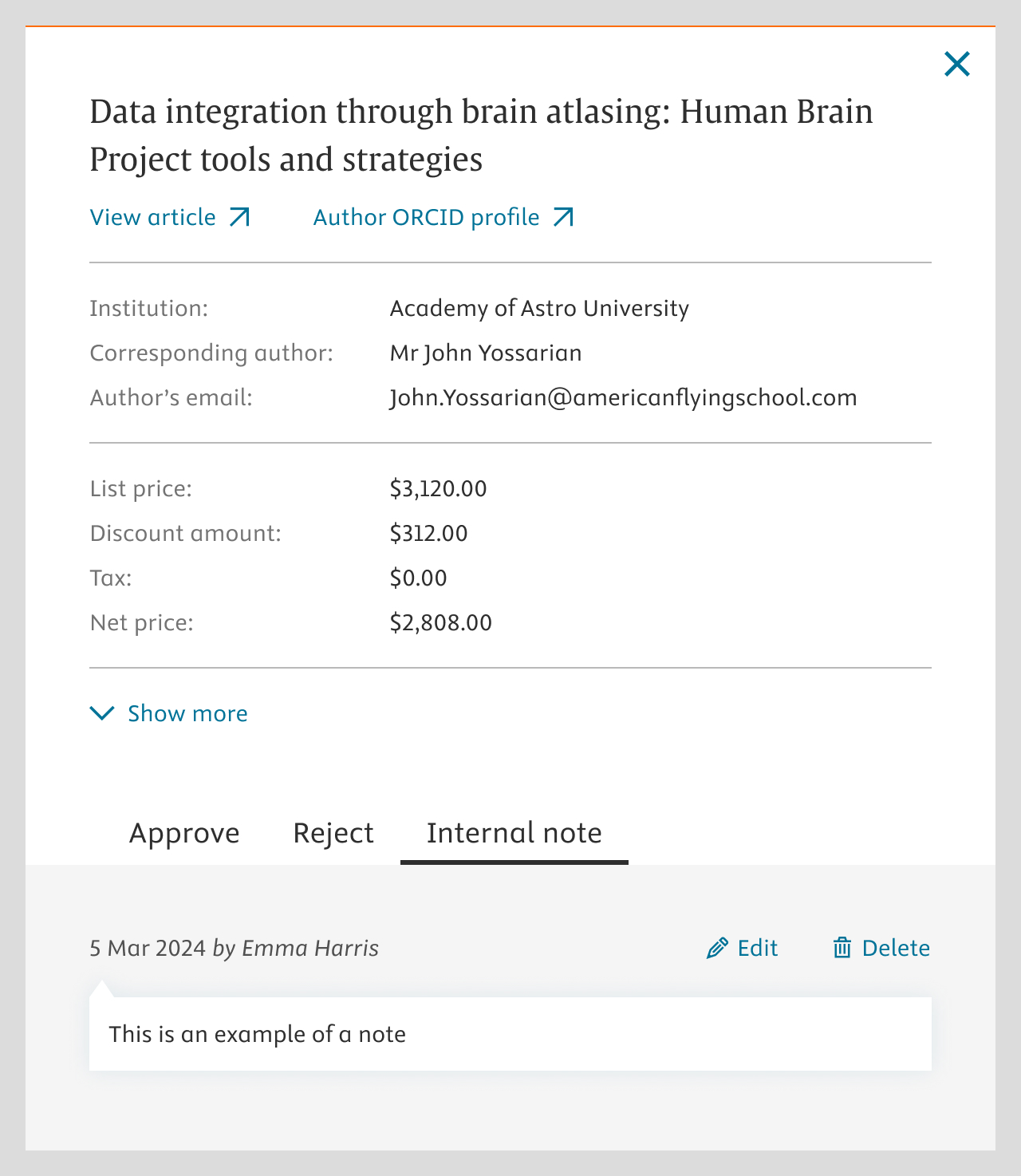Email
Email
Get in touch via email for more information.
View by category
Developed to help your team’s internal workflow, Internal note allows you to add a comment or short note to any individual request.


Functionality disabled due to your cookie preferences